Sunday mornings in our house got a lot more exciting when I finally cracked the code on making French beignets that actually puff up like the ones you get at fancy cafés. After months of flat, dense failures and Oliver asking "why don't these look like the picture?", I figured out the secret isn't just in the dough - it's in the oil temperature and timing. These aren't the heavy, cake-like donuts you might expect - real traditional French beignets are light, airy, and practically melt in your mouth under all that powdered sugar
Why You'll Love This French Beignets Recipe
These French beignets have become our weekend thing, mostly because Oliver figured out he can eat about six of them before I even finish making the second batch. What I love about this recipe is how it looks fancy but really isn't - once you get the hang of the dough and oil temperature, they come together pretty fast. They're way lighter than regular donuts, so you don't feel stuffed after eating them, and the powdered sugar makes everything feel special even if you're just wearing pajamas at the kitchen table.
The best part is watching them puff up in the oil - it never gets old. Oliver always stands on his step stool and counts how big each one gets, and honestly, it's pretty cool when a flat piece of dough suddenly turns into a golden pillow. They're perfect for lazy Sunday mornings when you want something homemade that looks impressive but don't want to spend three hours baking. Plus, fresh beignets beat anything you can buy, and your house smells like a bakery for the rest of the day.
Jump to:
- Why You'll Love This French Beignets Recipe
- Ingredients for French Beignets
- How To Make French Beignets
- Equipment for French Beignets
- Storage Tips
- Smart Swaps for French Beignets
- French Beignets Variations
- What to Serve With French Beignets
- Top Tip
- FAQ
- Perfect French Beignets Every Time!
- Related
- Pairing
- French Beignets
Ingredients for French Beignets
The Dough:
- All-purpose flour
- Active dry yeast
- Warm milk
- Eggs
- Butter
- Sugar
- Salt
For Frying:
- Vegetable oil
- Powdered sugar for dusting
The Secret Stuff:
- A pinch of nutmeg
- Vanilla extract
- A tiny bit of lemon zest if you have it
See recipe card for quantities.
How To Make French Beignets
Make the Dough:
- Warm your milk to body temperature and dissolve the yeast in it
- Wait about 5 minutes until it gets foamy (if it doesn't foam, your yeast is dead)
- Mix in the eggs, melted butter, sugar, and vanilla
- Add the flour and salt, mix until it comes together
- Knead for about 5 minutes until smooth
- Let it rise in a greased bowl for about an hour
Roll and Cut:
- Roll the dough out on a floured surface to about ¼ inch thick
- Cut into rectangles or squares - doesn't have to be perfect
- Let them rest for 15 minutes while you heat the oil
Fry Time:
- Heat oil to 375°F (this is important - too hot and they burn, too cool and they don't puff)
- Fry 2-3 at a time so you don't crowd them
- They should puff up almost immediately and turn golden in about 2 minutes per side
- Drain on paper towels and dust with powdered sugar while they're still warm
Equipment for French Beignets
- Large, heavy pot for frying
- Candy thermometer
- Rolling pin
- Sharp knife for cutting
- Wire cooling rack
- Paper towels for draining
Storage Tips
Counter Storage (1 day max):
- Let them cool completely first
- Put them in a container with paper towels on the bottom
- Don't stack them up or the bottom ones get mushy
- They won't be crispy anymore, but they're still edible
Reheating:
- Pop them in a 350°F oven for 3-4 minutes to crisp them back up
- Don't use the microwave - it makes them chewy
Make-Ahead Options:
- Make the dough the night before and let it rise in the fridge
- Roll and cut them in the morning, fry them fresh
- Only dust with powdered sugar right before you eat them
Smart Swaps for French Beignets
Dairy Substitutions:
- Whole milk → Almond milk or oat milk (warm it the same way)
- Butter → Coconut oil or vegan butter
- Regular eggs → Flax eggs (mix 1 tablespoon ground flaxseed with 3 tablespoons water per egg)
Flour Options:
- All-purpose → Bread flour (makes them a bit chewier)
- Regular → Gluten-free flour blend (they won't puff as much but still taste good)
- White → Half whole wheat (makes them denser but Oliver still eats them)
Sugar Changes:
- White sugar → Coconut sugar or brown sugar
- Powdered sugar → Make your own by blending regular sugar in a blender
Flavor Twists:
- Vanilla → Almond extract
- Plain → Add orange zest to the dough
- Regular → Cinnamon sugar instead of powdered sugar
French Beignets Variations
Filled Beignets:
- Nutella or chocolate spread (inject after frying with a pastry bag)
- Jam or preserves (strawberry is Oliver's favorite)
- Cream cheese filling mixed with a little vanilla
- Lemon curd for something tangy
Flavor Changes:
- Orange beignets with orange zest in the dough
- Cinnamon sugar coating instead of powdered sugar
- Vanilla bean paste in the dough for extra vanilla flavor
- Almond extract with sliced almonds on top
Sweet Toppings:
- Chocolate drizzle while they're still warm
- Caramel sauce for dipping
- Fresh berries and whipped cream
- Honey instead of powdered sugar
Savory Version:
- Skip the sugar in the dough
- Add herbs like rosemary or thyme
- Serve with soup or salad
- Dust with parmesan instead of powdered sugar
What to Serve With French Beignets
Making these for weekend breakfasts and special occasions, here's what works well with French beignets. The traditional pairing is strong coffee or café au lait - the bitter coffee cuts through all that powdered sugar and makes you want to keep eating them. Oliver always goes for hot chocolate instead, which sounds weird but actually tastes pretty good when the powdered sugar mixes in. Fresh orange juice or lemonade also works because the tartness balances out the sweetness.
If you're making it a proper brunch, add some scrambled eggs with herbs, crispy bacon, and fresh fruit salad. The savory stuff gives your taste buds a break between beignets. For drinks, French press coffee is the classic choice, but Earl Grey tea or fresh fruit smoothies work too. The key is keeping everything else simple so the beignets stay the main event. They're rich and sweet, so you want something fresh or a little tart to balance them out.
Top Tip
- The whole thing with French beignets comes down to getting the oil temperature right. I ruined so many batches before I figured this out - too hot and they burn on the outside while staying raw inside, too cool and they soak up oil like sponges instead of puffing up. You need that oil at exactly 375°F, and you need to keep it there. When you drop the beignets in, the temperature will drop, so turn the heat up a little to bring it back.
- Here's the trick I learned from wasting about ten batches: test with a small piece of dough first. Drop it in - if it immediately bubbles up and starts browning in about 30 seconds, you're good. If it just sits there or browns too fast, adjust your heat and wait. Don't rush this part because once you drop them all in, there's no going back. Oliver always wants to hurry this step, but I make him wait because soggy beignets are just sad donuts covered in powdered sugar.
FAQ
What is the difference between French and American beignets?
French beignets are lighter and more delicate - they puff up into hollow little pillows when fried. American beignets, especially New Orleans style, are denser and more cake-like. French ones use a yeast dough that creates air pockets, while many American versions use baking powder instead.
What are French beignets made of?
Basic stuff - flour, yeast, milk, eggs, butter, and sugar. The yeast is what makes them puff up when they hit the hot oil. Some recipes add vanilla or a pinch of nutmeg for flavor. They're basically a sweet bread dough that gets fried instead of baked.
Are there beignets in France?
Yes, but they're different from what most Americans think of as beignets. In France, they're often filled with fruit or cream and are more like what we'd call filled donuts. The plain powdered sugar ones we know come more from French colonial cooking in places like New Orleans.
What is a beignet in French?
In French, "beignet" just means something that's been battered and fried. It can be sweet or savory - vegetables, fruit, even meat can be made into beignets. The word comes from the old French "buignete" which basically meant a bump or swelling, referring to how they puff up when cooked.
Perfect French Beignets Every Time!
What I love most about this French beignets recipe is how it turns a regular Sunday morning into something special. Oliver always knows when I'm making them because he can smell the yeast dough rising from his bedroom, and suddenly he's downstairs asking if he can help roll them out. There's something about making pastries from scratch that feels like you're making little pieces of happiness, especially when you watch them puff up in the oil.
Craving more special treats that taste homemade? Try our Easy Seafood Bisque Recipe that makes any dinner feel fancy without the fancy price tag. For dessert lovers, our Best Boston Cream Cupcakes Recipe disappears faster than I can frost them - Oliver and his friends have been known to hover around the kitchen waiting for them to cool. Planning something quick but impressive? Our Best Lobster Salad Recipe Ready in 15 minutes is perfect when you want something special without spending all day cooking!
Share your beignet success! We love seeing your powdered sugar-covered creations and hearing about your own family's weekend traditions!
Rate this recipe and join our baking family! Your feedback helps us know what's working and what we should share next.
Related
Looking for other recipes like this? Try these:
Pairing
These are my favorite dishes to serve with French Beignets
French Beignets
Equipment
- Large heavy pot (for frying)
- Candy thermometer
- Rolling pin
- Sharp knife or pizza cutter
- Wire cooling rack
- Paper Towels
Ingredients
- 3 cups All-purpose flour - Can substitute bread flour for chewier texture
- 2 ¼ teaspoon Active dry yeast - 1 packet
- 1 cup Warm milk - Body temperature (about 100-105°F)
- 2 Eggs - Room temperature
- 4 tablespoon Butter - Melted
- 3 tablespoon Sugar - White, or swap with coconut/brown sugar
- ½ teaspoon Salt
- 1 teaspoon Vanilla extract - Can swap for almond extract
- ¼ teaspoon Nutmeg - Freshly grated if possible
- 1 teaspoon Lemon zest - Optional, adds brightness
- Vegetable oil - For frying (about 4 cups, enough for deep frying)
- Powdered sugar - For dusting
Instructions
- Activate yeast in warm milk
- Mix ingredients and knead dough
- Let dough rise until doubled
- Roll, cut, and rest dough pieces
- Fry until golden, dust with sugar, serve

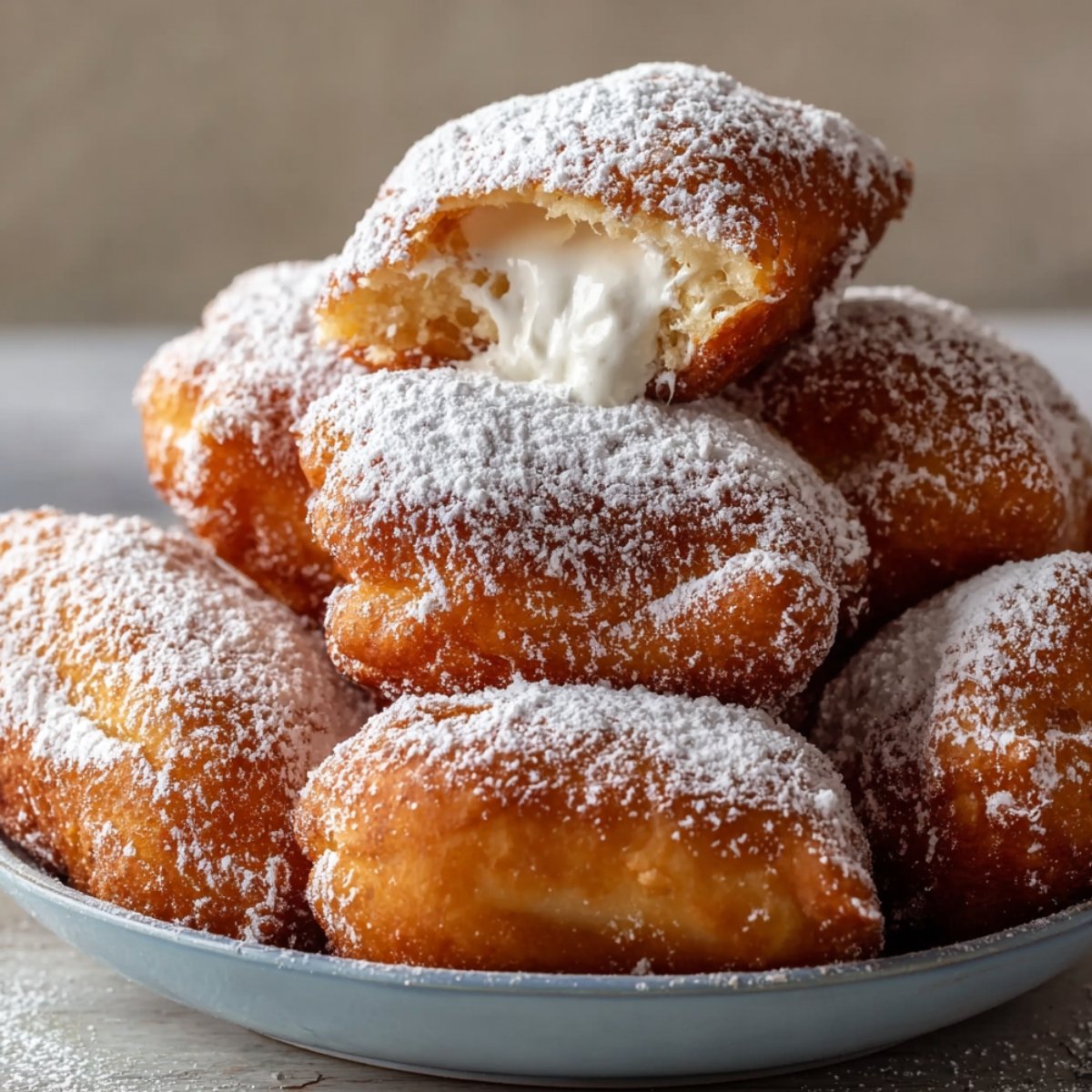
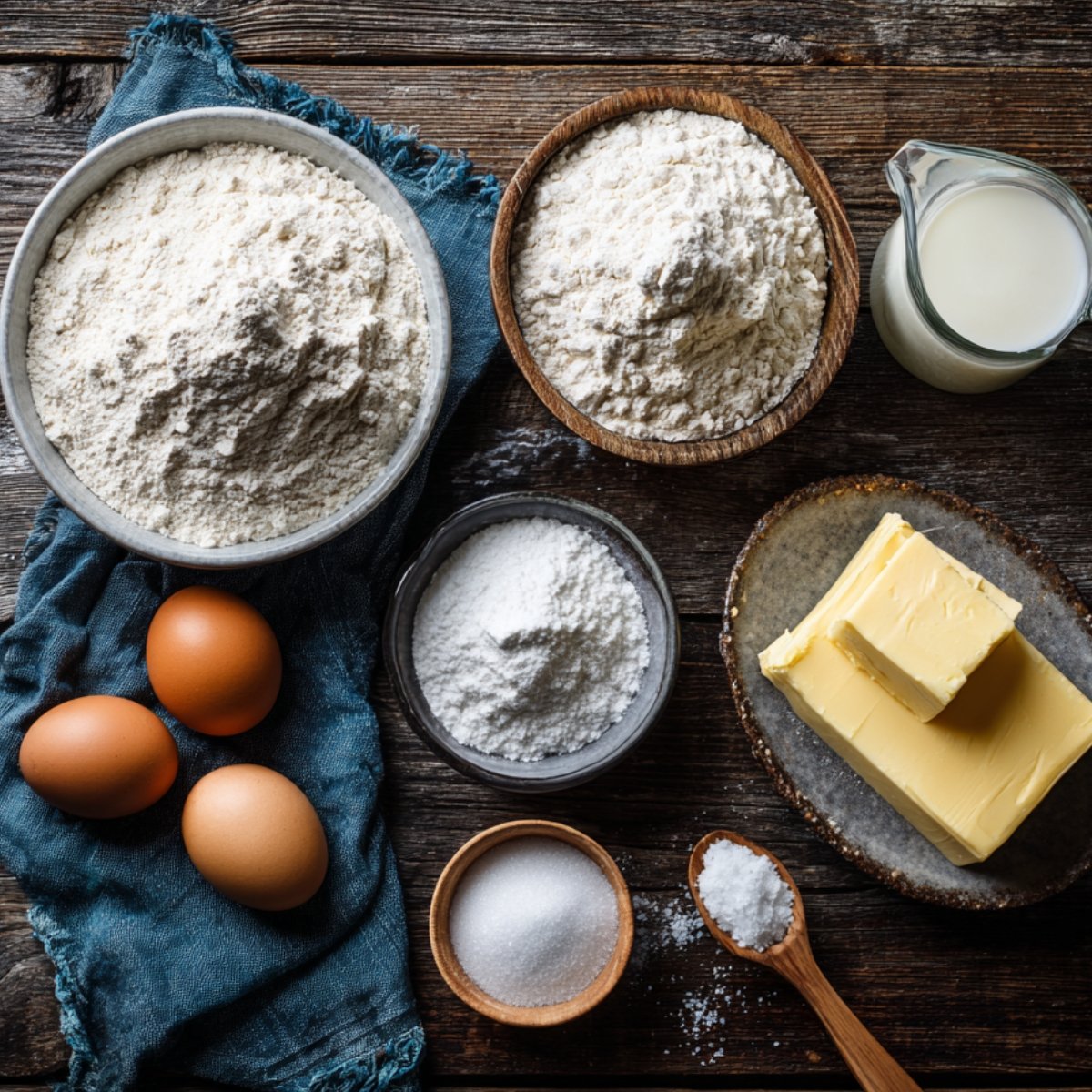
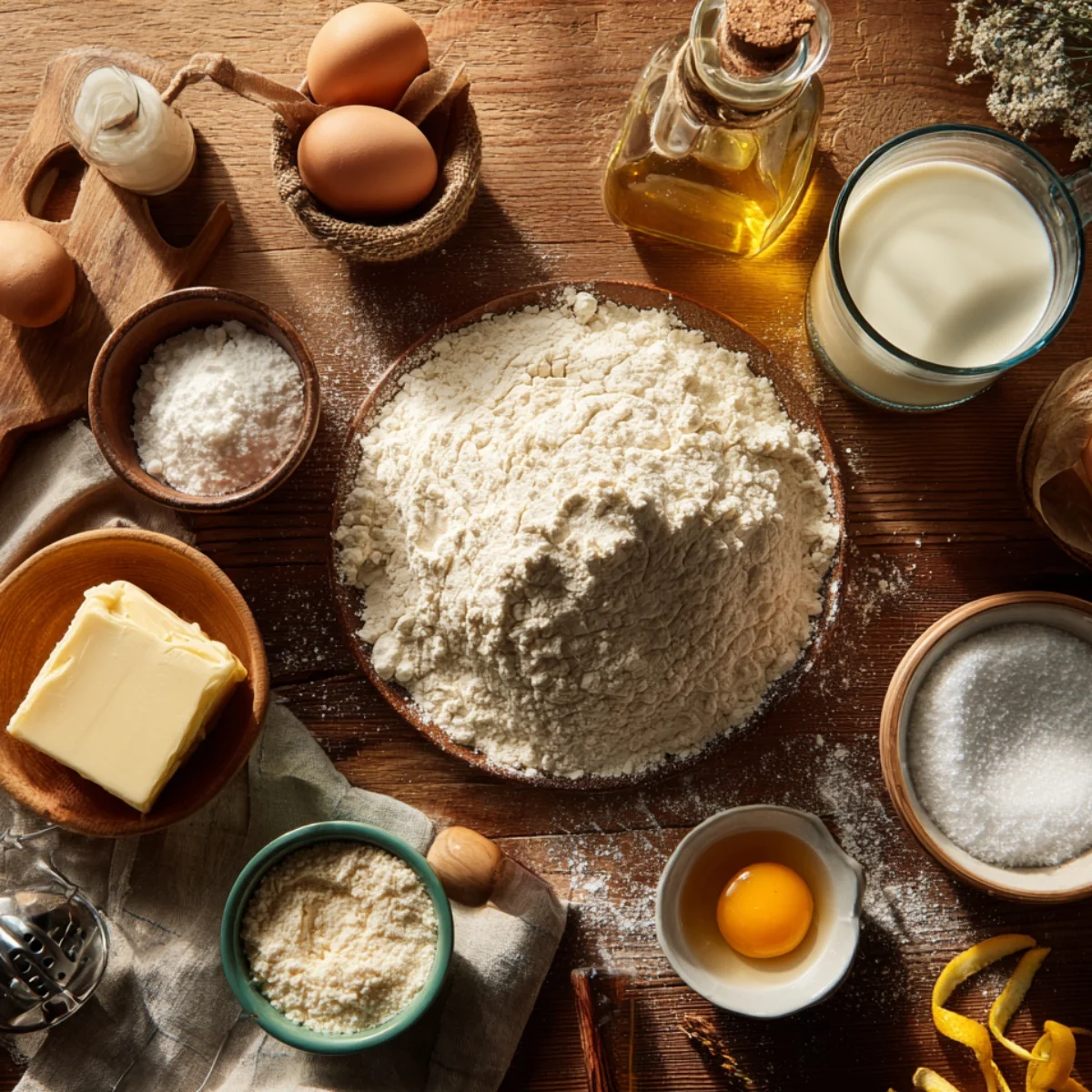

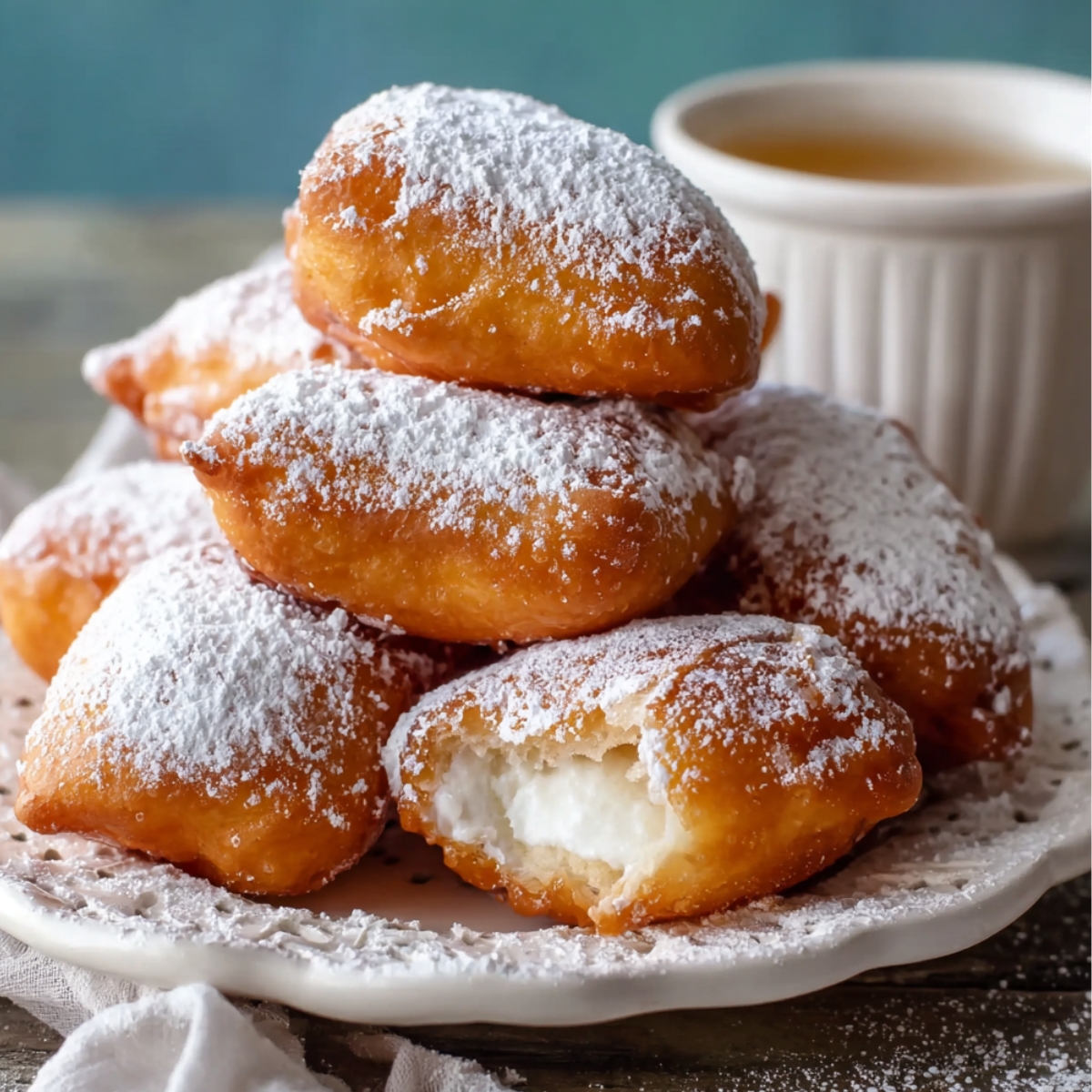
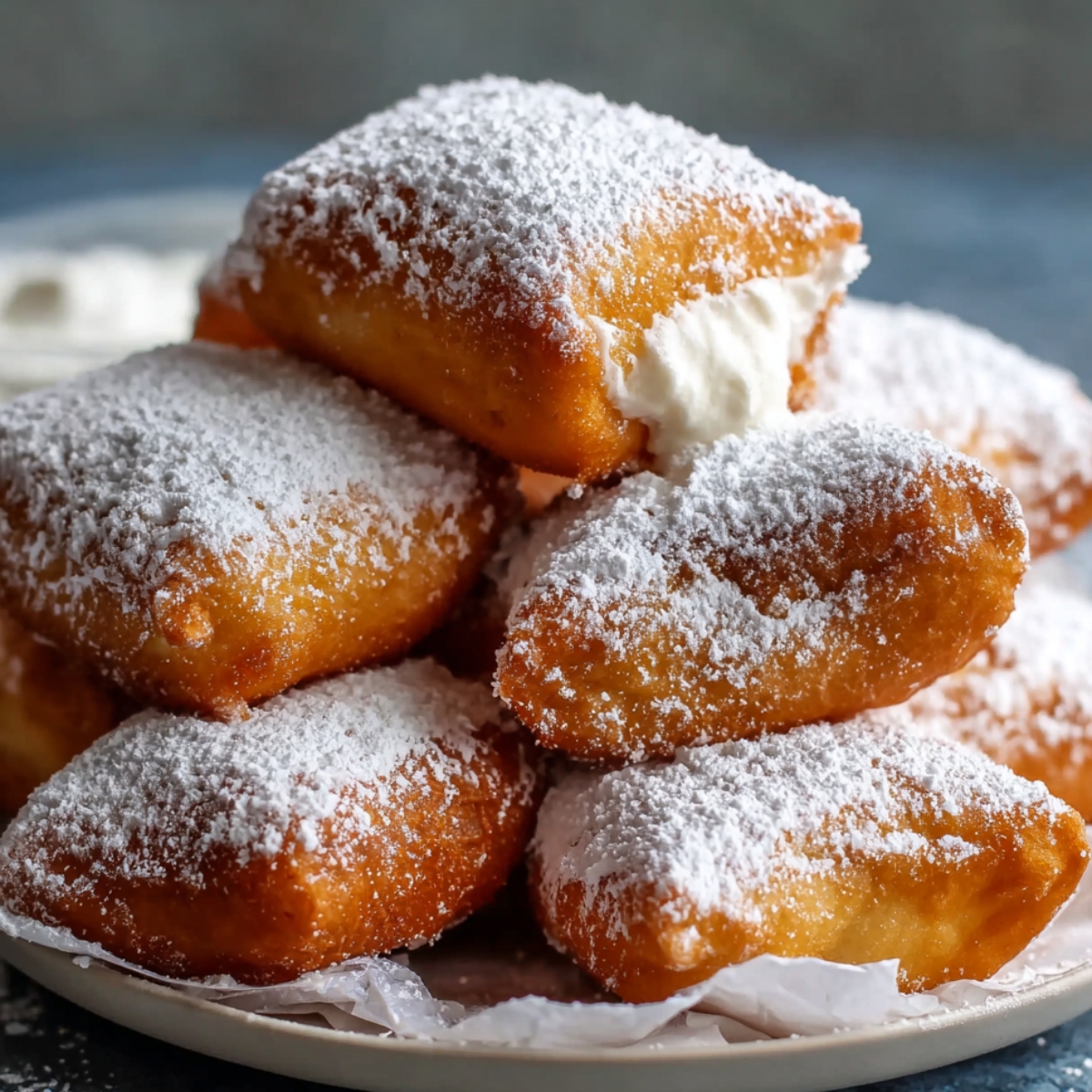

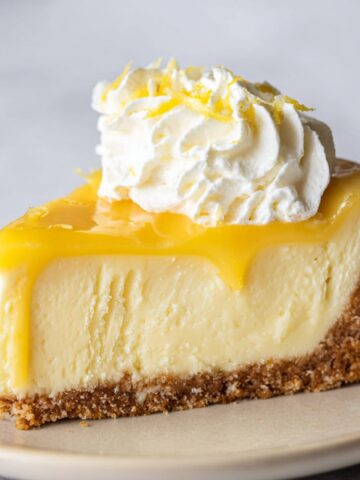
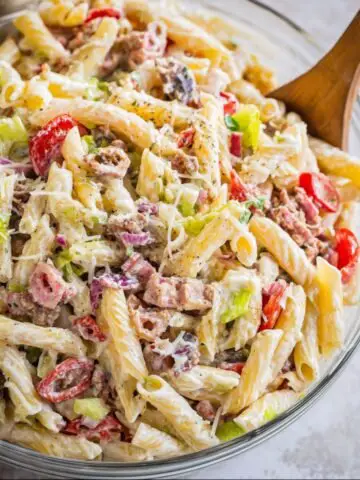





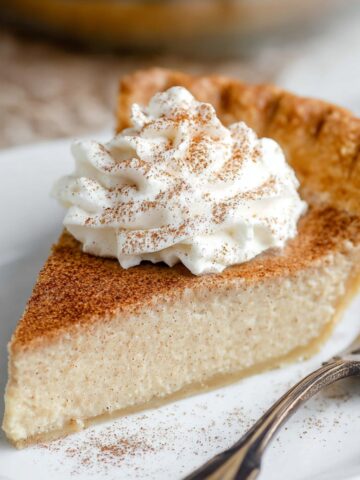
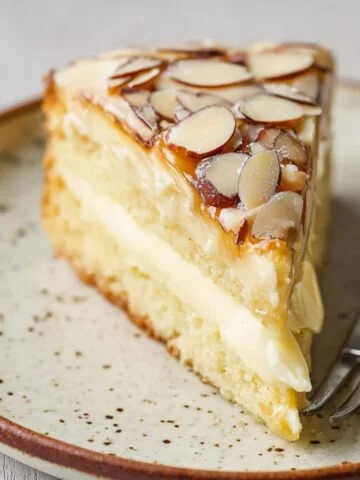
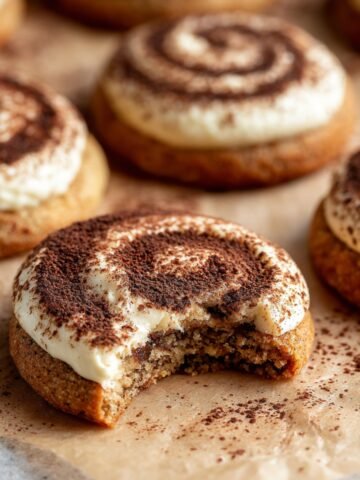

Leave a Reply